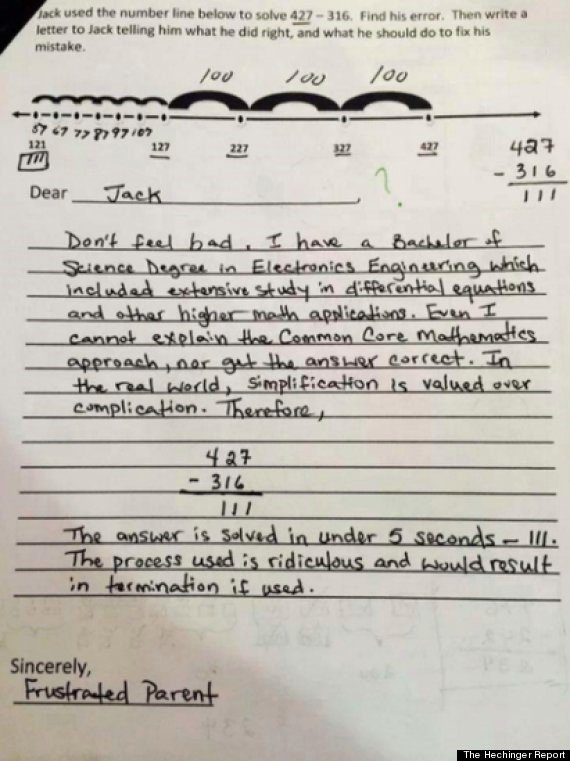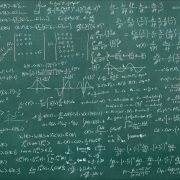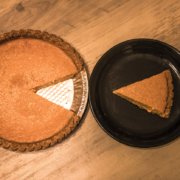Every once in a while, someone floats a “new” math trick that astounds the Internet with its brilliant simplicity. To those who speak the language of math, these tricks usually aren’t new or brilliant—they’re just math.
It’s no secret that Americans are bad at math. On the 2015 PISA (Program for International Student Assessment) Math Literacy test, we rank 37th out of the 64 countries that participated. In a New York Times feature, Elizabeth Green cites this example of just how bad Americans really are at math:
One of the most vivid arithmetic failings displayed by Americans occurred in the early 1980s, when the A&W restaurant chain released a new hamburger to rival the McDonald’s Quarter Pounder. With a third-pound of beef, the A&W burger had more meat than the Quarter Pounder; in taste tests, customers preferred the A&W’s burger. And it was less expensive. A lavish A&W television and radio marketing campaign cited these benefits. Yet instead of leaping at the great value, customers snubbed it.
Only when the company held customer focus groups did it become clear why. The Third Pounder presented the American public with a test in fractions. And we failed. Misunderstanding the value of one-third, customers believed they were being overcharged. Why, they asked the researchers, should they pay the same amount for a third of a pound of meat as they did for a quarter-pound of meat at McDonalds’s. The “4” in “1/4,” larger than the “3” in “1/3,” led them astray.
Green and others posit that our lack of math skills isn’t a result of an inability to do math but rather the ways in which we’ve long taught math in schools. Despite many reform attempts, many math classes have focused on the procedures for math rather than on why those procedures work. We memorized our times tables instead of learning why six times six is thirty-six. For many, the result is that math seems like an arbitrary system of numbers, symbols, and letters with no real meaning on our day to day lives. So when a viral math hack comes along to simplify that arbitrary system, we treat it like just another arbitrary math thing, albeit an easier one, rather than taking the time to understand why it works.
The Common Core State Standards (CCSS) tried to fix the problem by changing the way our students learn math. The standards are intended to encourage teachers to unlearn old approaches that are based largely on rote memorization and to instead show students what each new mathematical principle actually means.
In theory, that sounds great. In reality, there has been a great deal of backlash against Common Core in general, and Common Core math in particular. That’s because Common Core makes simple math complicated, thus frustrating a lot of parents (and teachers) who learned math the “old” way.
 This worksheet (and the parental response) is a perfect example. Yes, it seems silly to go through the hassle of making a number line instead of just doing subtraction the straightforward way. But the number line helps students visualize math, giving them a sense of numeracy—the fundamental language of math. And while drawing the number line seems ridiculous, in essence, the method in this worksheet is the method that most adults already use to do large subtraction problems in their heads. If the problem is 427 minus 316, many adults will naturally “count up” from 316:
This worksheet (and the parental response) is a perfect example. Yes, it seems silly to go through the hassle of making a number line instead of just doing subtraction the straightforward way. But the number line helps students visualize math, giving them a sense of numeracy—the fundamental language of math. And while drawing the number line seems ridiculous, in essence, the method in this worksheet is the method that most adults already use to do large subtraction problems in their heads. If the problem is 427 minus 316, many adults will naturally “count up” from 316:
316+100=416
416+10=426
426+1=427
100+10+1=111
When you do it in your head, it seems simple. When you break it down into steps like we did above or like the worksheet does with a number line, it seems ridiculously over-complicated. After all, we just took a simple one-step subtraction problem and turned it into four steps.
But that’s the point.
Math is hard because math is complicated. We can’t expect students to automatically learn the language of numbers without taking the time to teach them all the seemingly silly steps in between problem and solution.
If you’re frustrated by new math, you’re not alone. Parents and teachers nationwide are struggling to explain seemingly simple concepts in new and unique ways. C2 is here to help. Our tutors have long used some of the same methods seen in today’s math classrooms to help students better understand the why of math.









